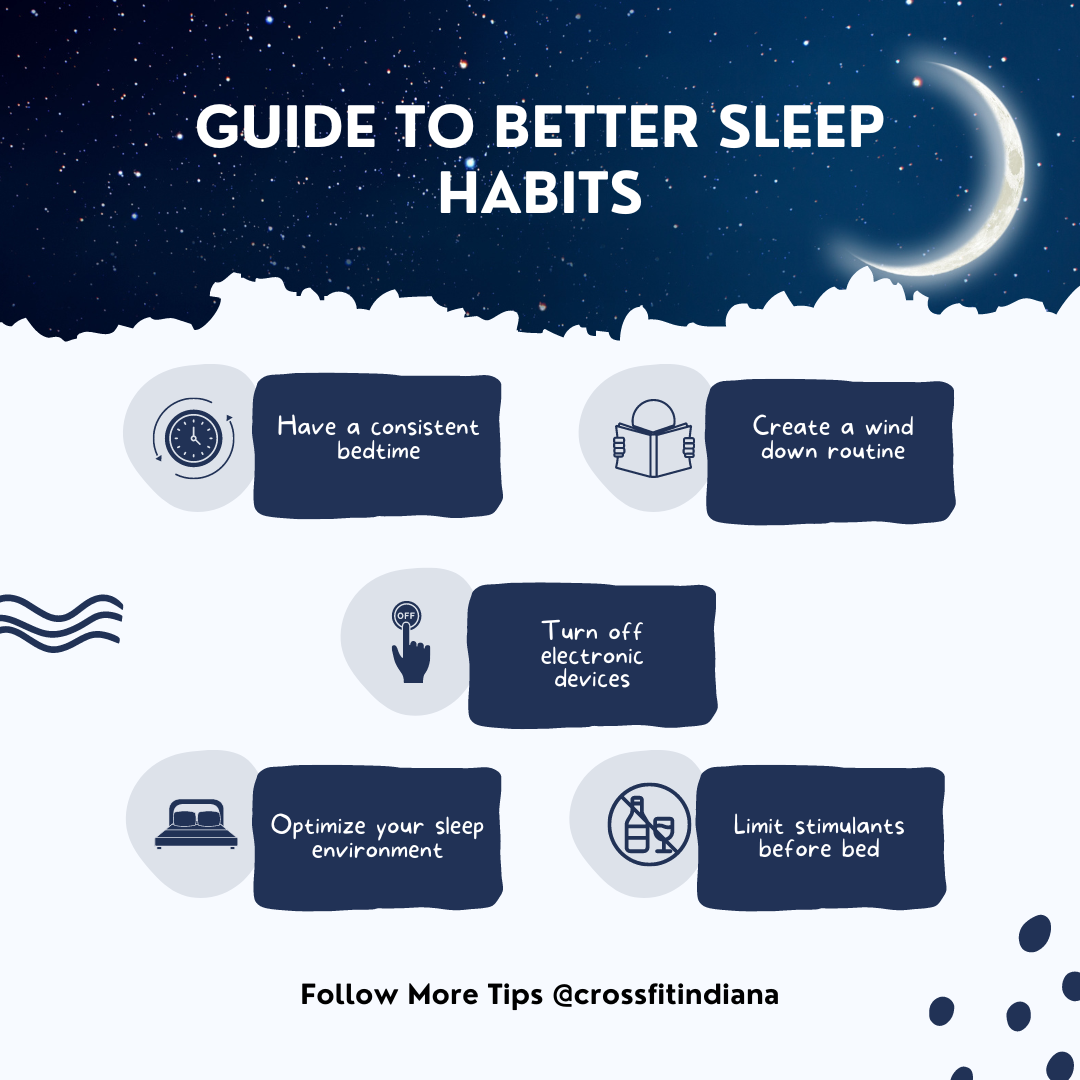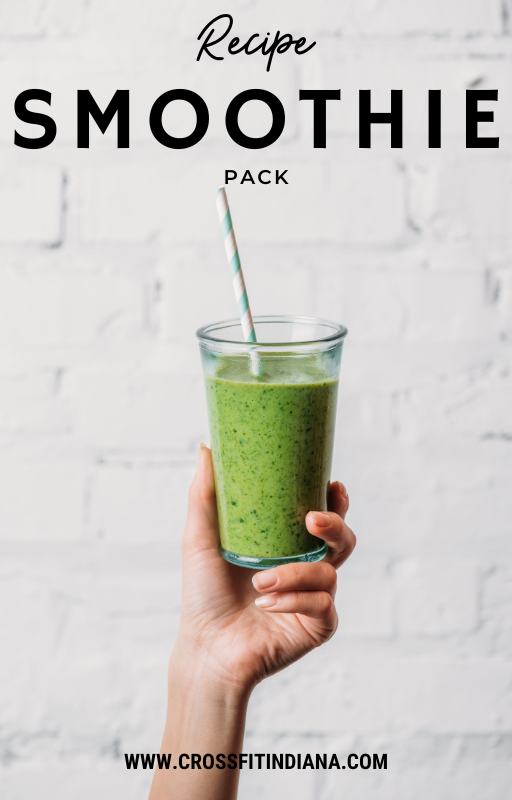Are You Injured, or Just Really Sore?
I’ve been in the CrossFit community for 15 years. From attending my first class, to competing, to coaching other athletes, I’ve done and seen a lot in the CrossFit world. One of the most common things that I have come across when talking to someone about CrossFit is the question:
“Doesn’t everybody get hurt doing CrossFit”?
The quick answer to this of course is NO. However, this question and others like it are rooted in a stigma that CrossFit has garnered over the years.
Why?
Is it because of the intense workouts? The gymnastics? Olympic lifting? There are many reasons why people think CrossFit, the prescription, causes injuries but I have observed a foundational issue that has led to this misrepresentation of CrossFit.
WE DO NOT UNDERSTAND THE DIFFERENCE BETWEEN BEING SORE AND BEING INJURED.
This is not simply an issue for athletes, but coaches as well. (Side note: poor coaching in general leads to misrepresentations of CrossFit as well but that’s another topic for another day and yet is still addressed within this issue).
Understanding the difference between being sore and being injured is critical in preventing injury, and setting yourself for longevity and wellness. So what is the difference between being injured and simply being sore? First I’ll give you an example:
Any time I have coached the deadlift, I inevitably have someone tell me that they “hurt their back”. Have you ever been there? You rip off a 5x5 at 80% and then wake up the next morning not being able to bend over without a little discomfort? This does not mean you are injured. When you deadlift, even with perfect form, you use your back muscles. If you lift with the right type of resistance you are going to experience the “pain” of muscle soreness. Now, if you wake up the next morning and you cannot move properly (i.e. you cannot bend over and stand up without great pain) that is when you might have an injury.
The most basic difference between soreness and injury is your ability to move “naturally”. After a workout you are going to experience some sort of discomfort. However, if you are not able to move through a natural range of motion then you might be more than just sore. This is a reason we do a warm up every CrossFit class. It’s not only to get your heart rate up, but to move through the proper range of motion, and possibly work through some soreness that we might have. If we warm up properly, and we are simply sore, we should be able to get into the proper positions for each movement. If you find that during the warm up, you are not able to get into proper range of motion, you might be on the verge of an injury, or already have one. If you have a knee INJURY it will be nearly impossible for you to get into a squat position, but if you have quad soreness you will be able to work through that range of motion over time and move properly.
Another difference between being injured and being sore is the rate of onset pain. What I mean by this, is how quickly you recognize the pain in your body. If you are sore, it usually takes a day or two to fully recognize all the areas you’re sore as you recover and get stronger. If you are injured you will usually notice this right away, either during the workout, or right after the workout. This is where experience will help you. The more you are in the gym the more you recognize how YOUR body moves. You understand what is natural for you and what is not. When something feels off for you, it normally is.
This is not an exhaustive list, but the last difference we will discuss today is the location of pain. Typically, if you have an injury, the pain that you experience will be acute. It will be in one specific spot and is usually a little sharper than soreness. Soreness on the other hand is localized to an entire muscle group. For example, if you pull your hamstring, there is usually only one part of that muscle group that has sharp pain. If your hamstrings are sore because you deadlift properly, then your entire back of the leg is in a little bit of pain. Put simply, an injury is a sharper acute pain, while soreness is localized to a muscle group and more of a “dull” pain.
Even with all the differences between being sore and being injured they are closely connected. If you push through soreness too often, you do not listen to your body when it is tired or stops moving properly; YOU WILL GET INJURED. It’s not a possibility. It is inevitable. It is THANOS. You have to listen to your body and to your coach when you are pursuing health and wellness. I’m writing this from experience. Pushing through pain can be beneficial, but there are times when you need a rest day or two or three.
What if you’re unsure if it’s time to take a break? What if you’re not sure if you're just sore or injured? This is an opportunity to see how great of a coach you have! If you are unsure, ask your coach. Consult the expert in the room. They will help you make the right decision to either take time off, scale a workout movement, or even see a medical professional. It’s better to ask if you should take time off, rather than being forced to take even more time off because you got injured.
Like I said before, great coaching is a great way to prevent injury, but you and the coach are in it together!
Be smart. Be tough. Know your body. Trust your coach. Be consistent. Move properly.
Follow this mantra and you will have a greater likelihood of reaching your fitness goals WITHOUT having to stop down abruptly for a nagging injury.
MORE RECENT POSTS


QUICK LINKS
CONTACT
1410 Wayne Ave, Indiana, PA 15701, United States of America
HOURS
- Mon, Wed
- - -
- Tue, Thu
- - -
- Friday
- - -
- Saturday
- -
- Sunday
- Closed



